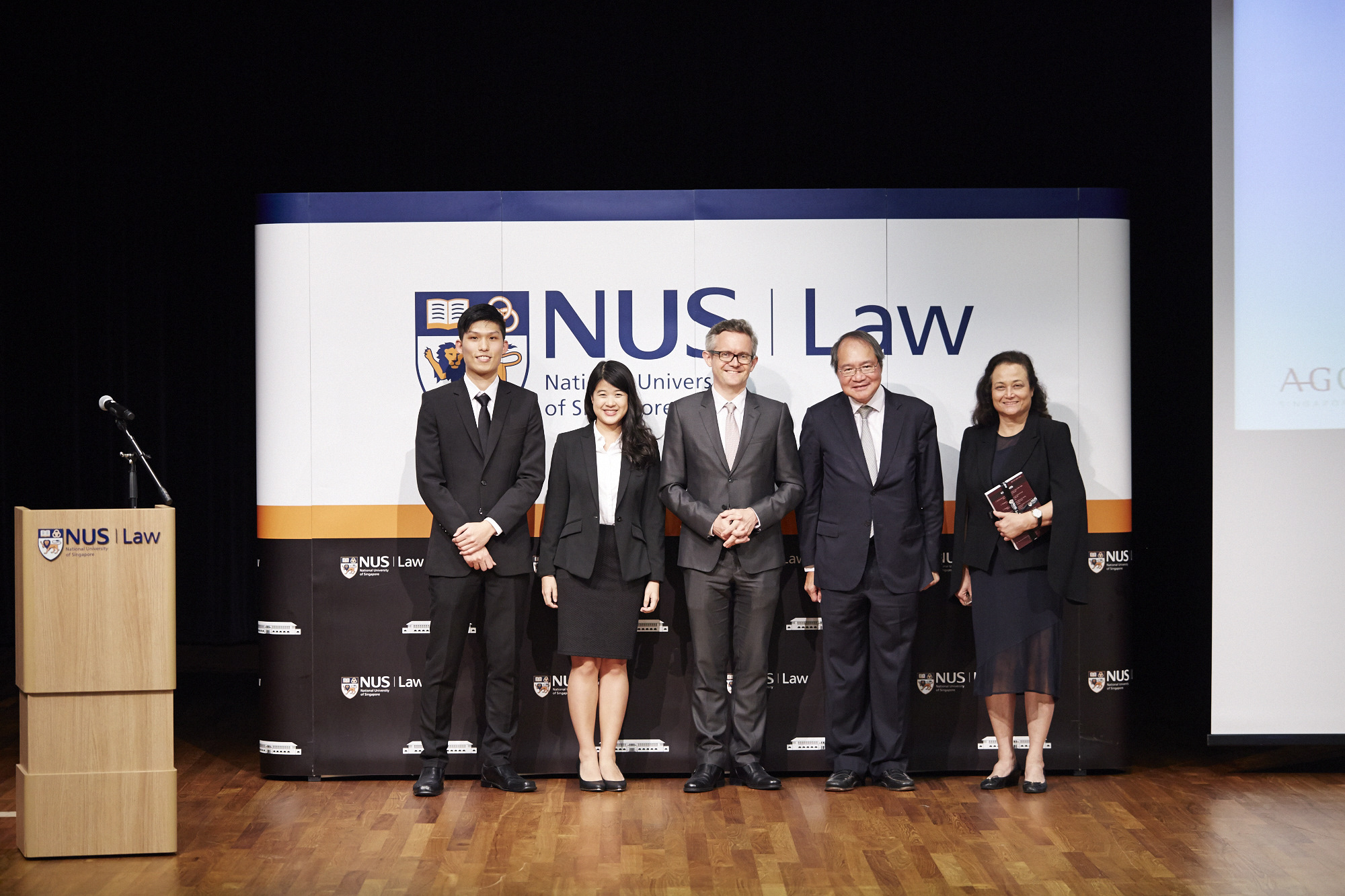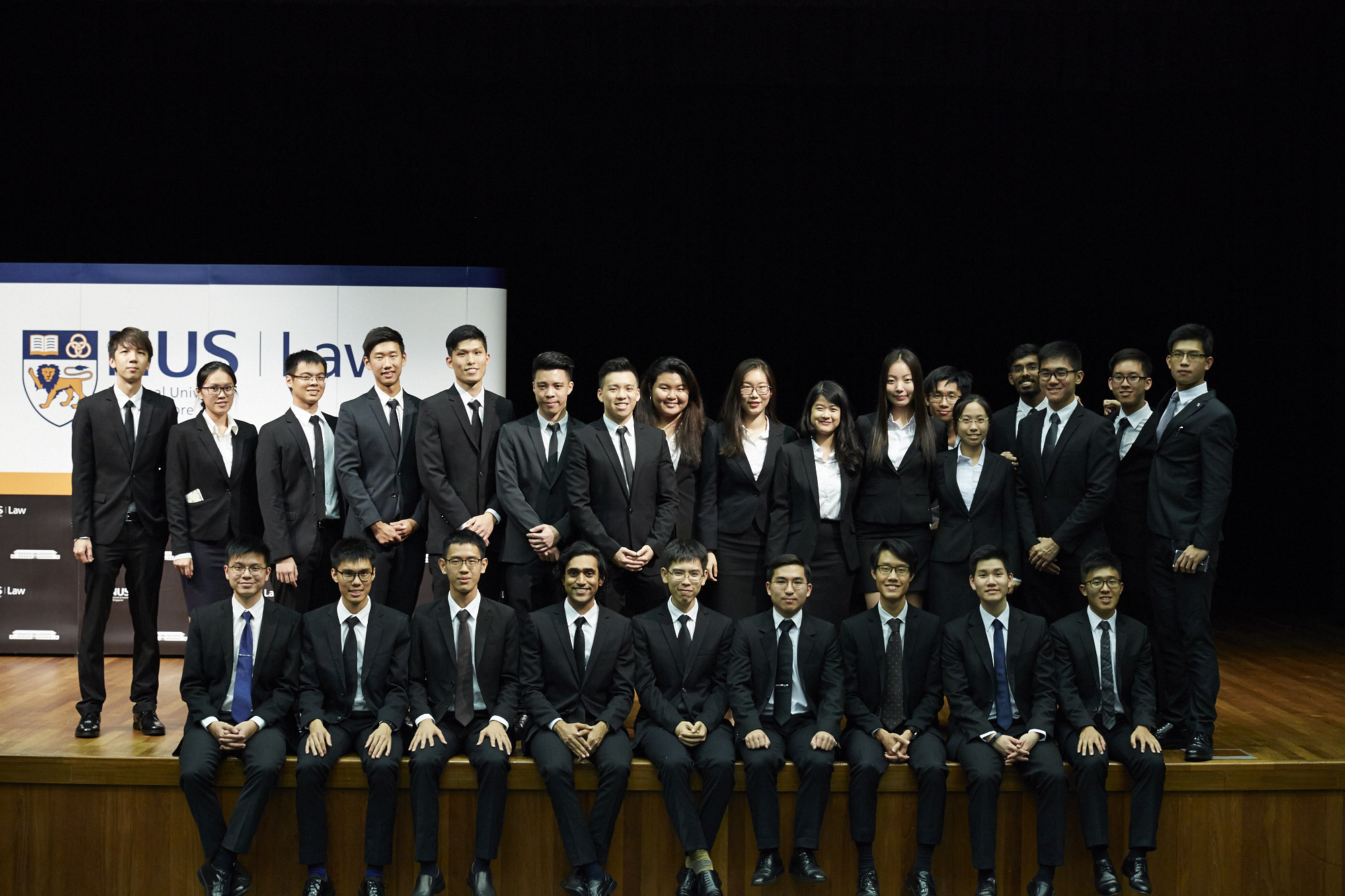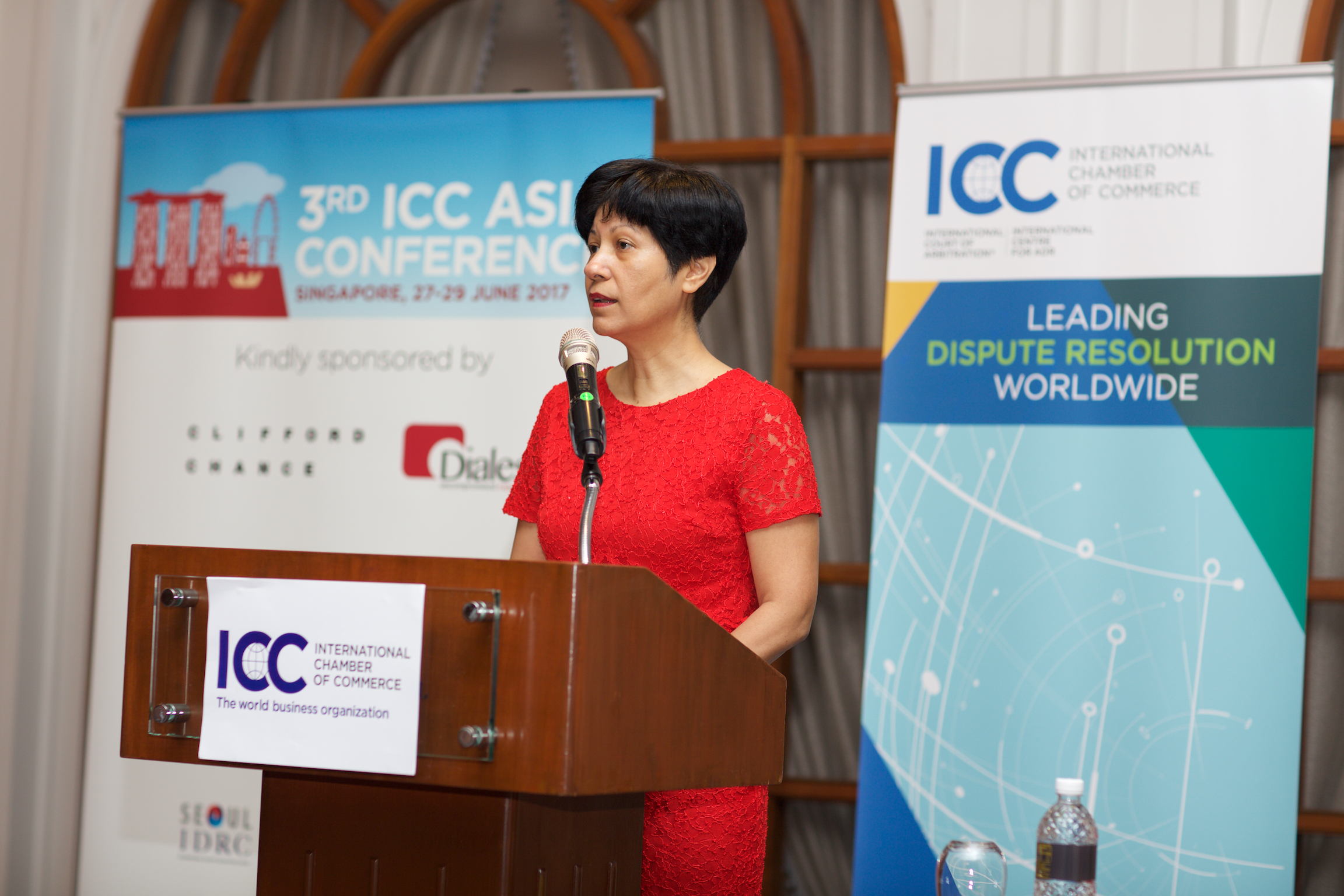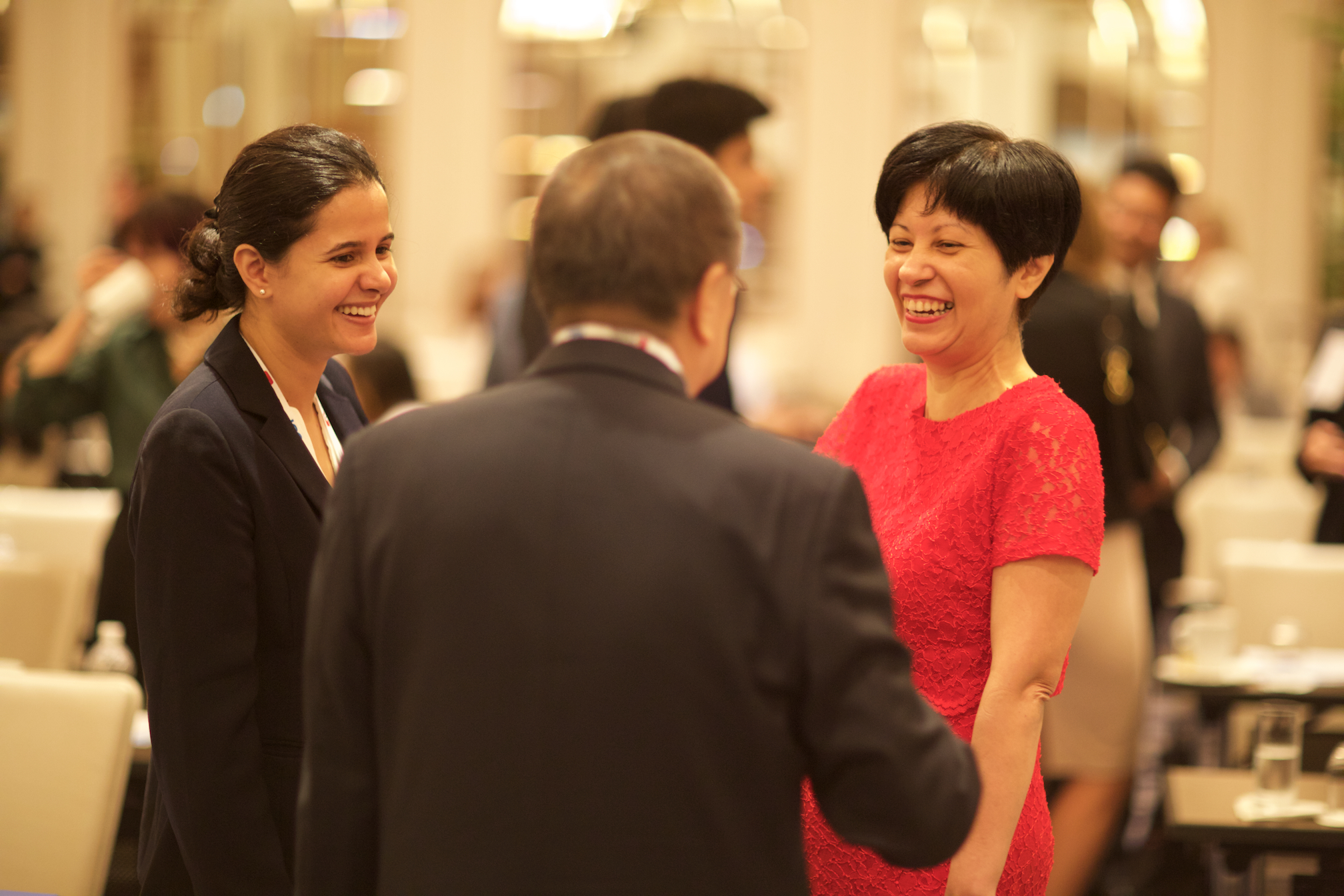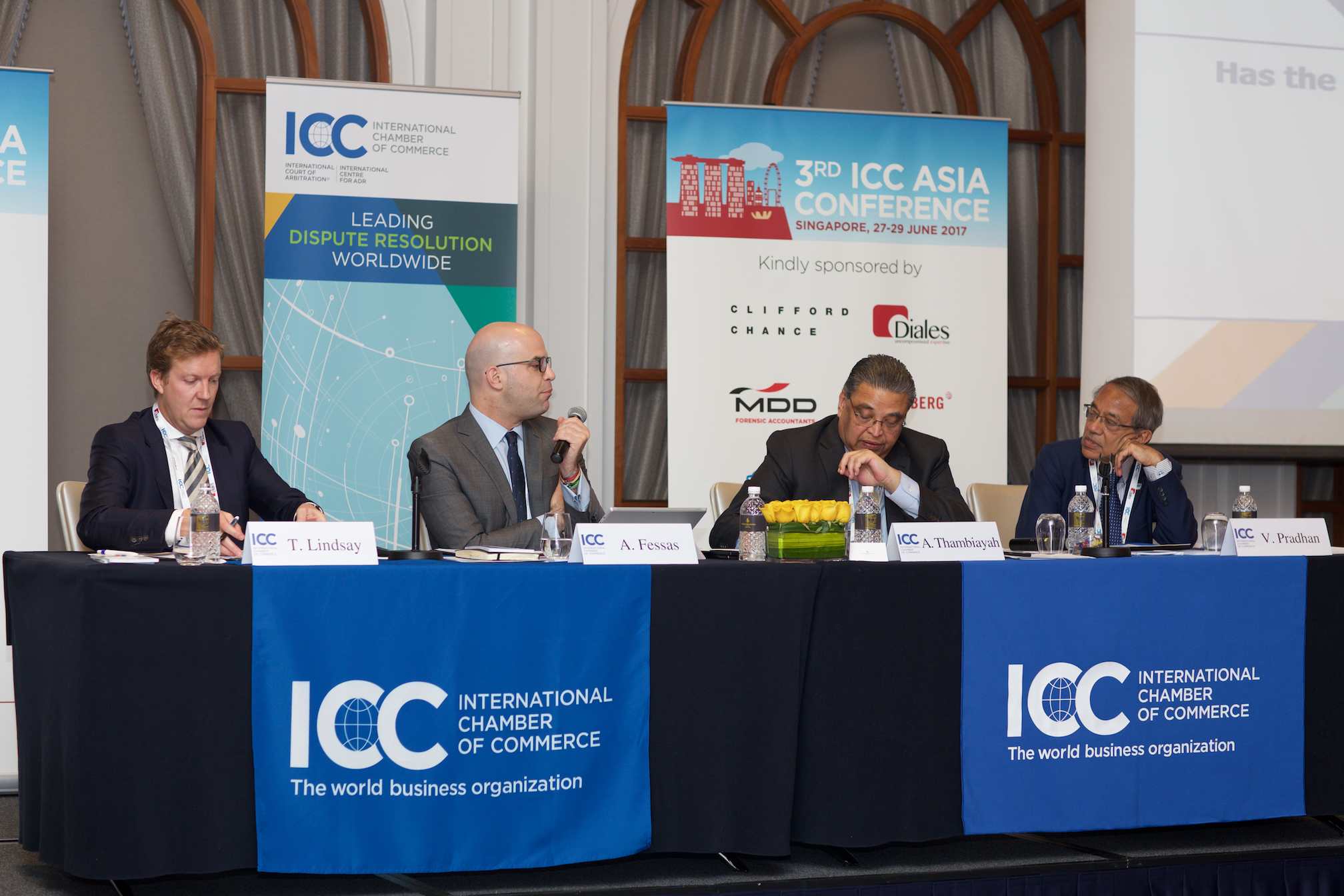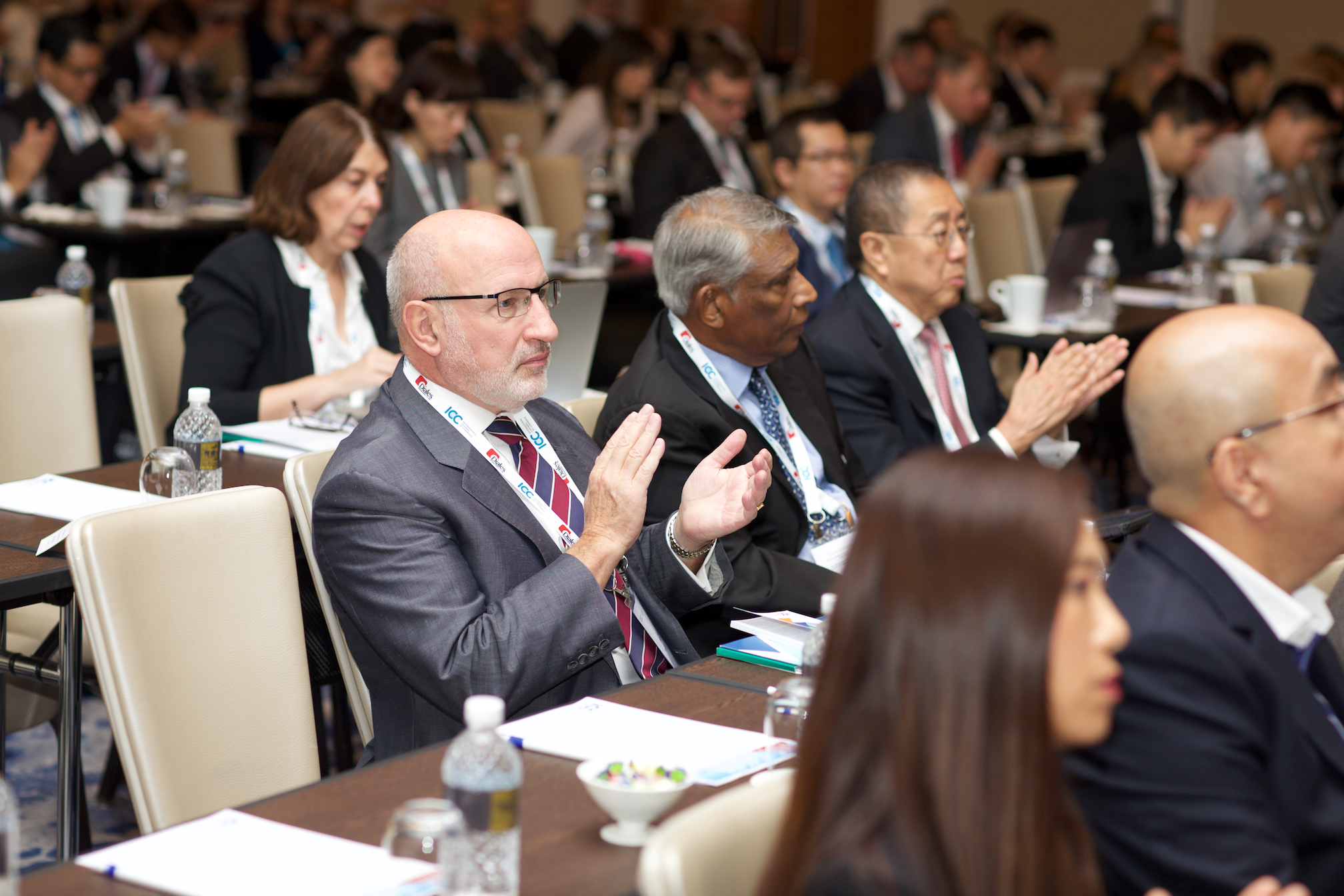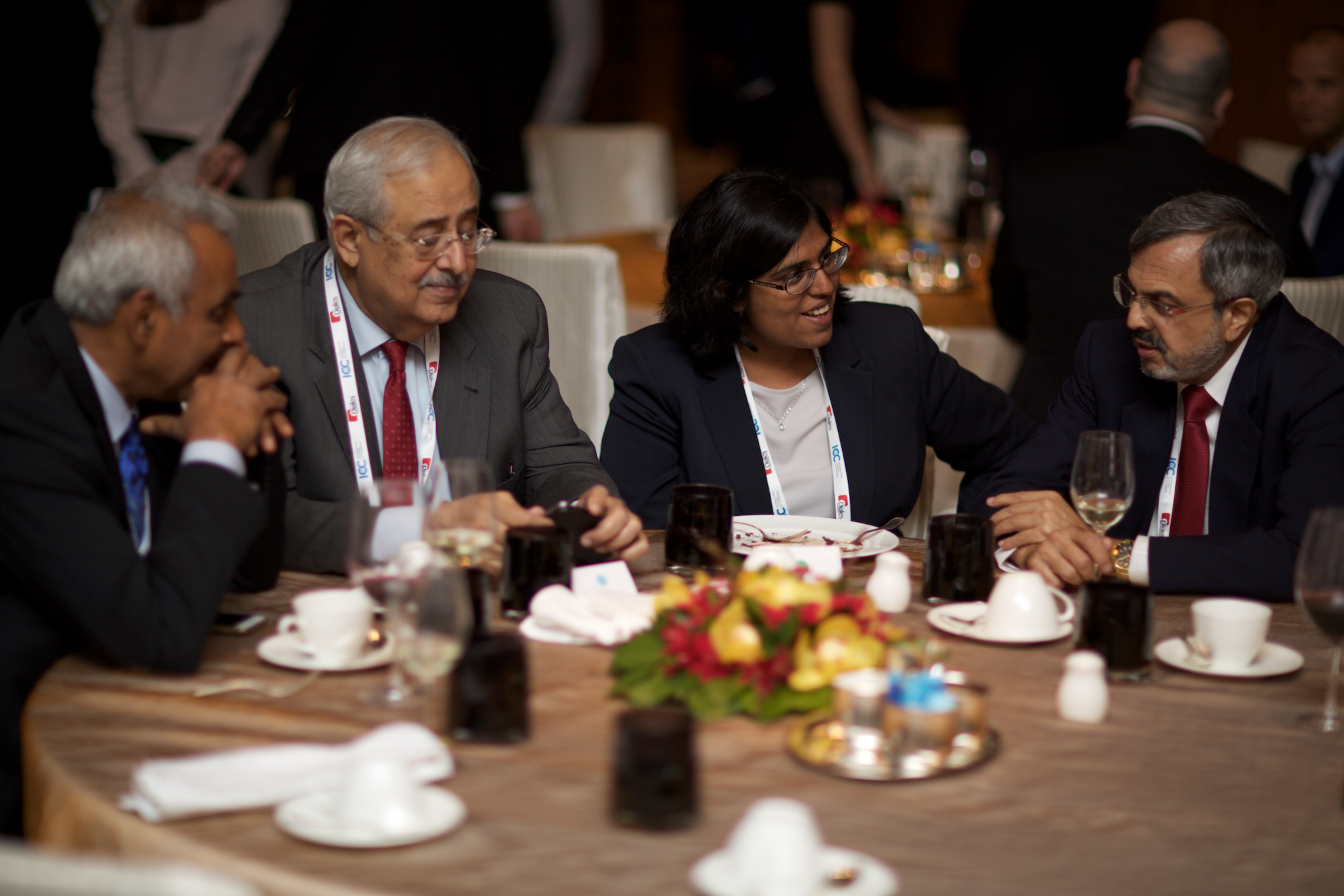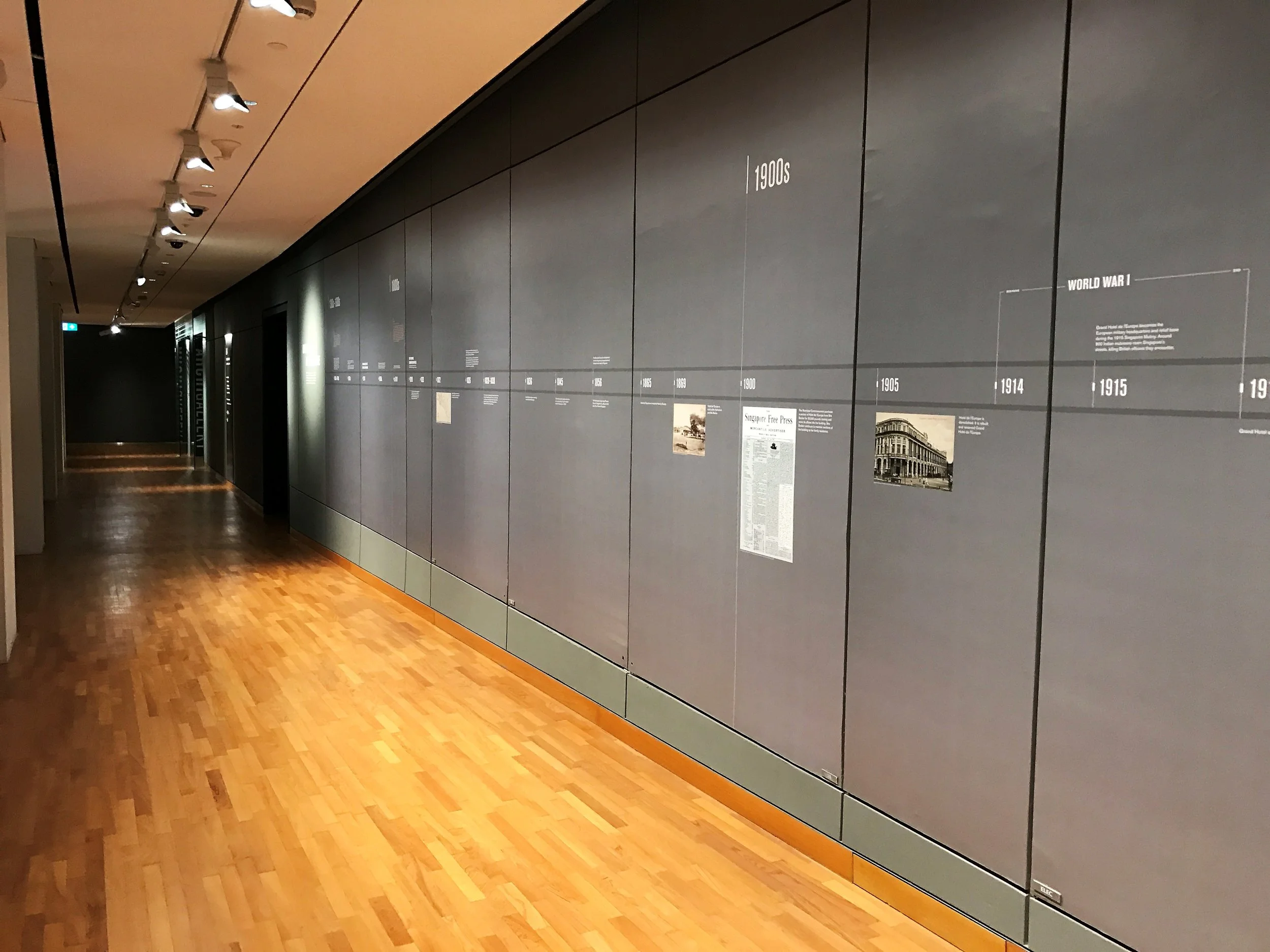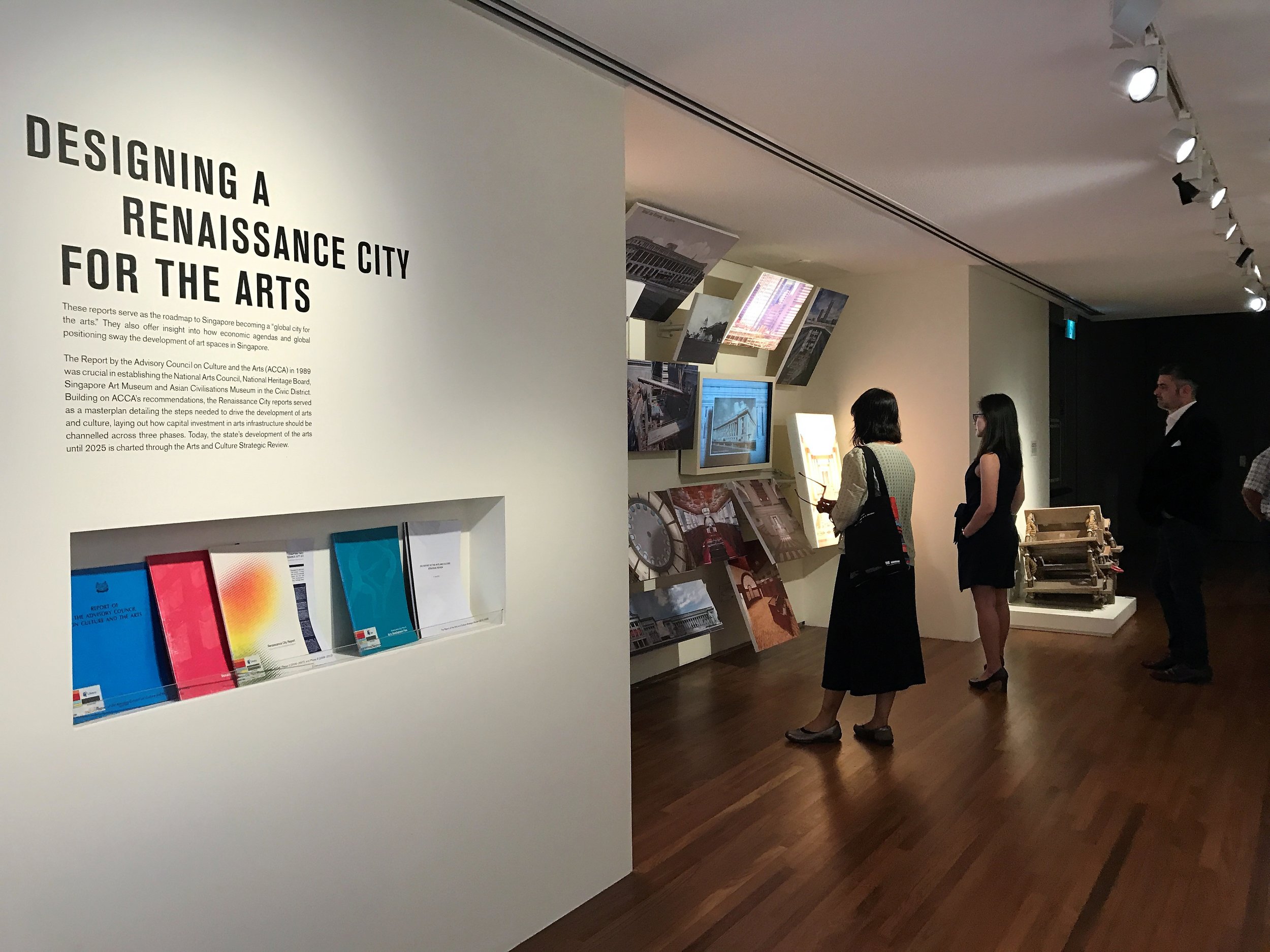A PDF version of this entry is available for download here.
New Sentencing Principles for Rape – An Analysis of Ng Kean Meng Terence v Public Prosecutor
Benjamin Low
I. INTRODUCTION
What is the most appropriate sentence that should be meted out onto an accused person who has been found guilty of the offence of rape?
The apparent simplicity of this question belies powerful, and oftentimes conflicting, sentencing policy considerations and more abstract questions of ethical principles and sentencing theory. The recent case of Ng Kean Meng Terence v Public Prosecutor1 [Ng Kean Meng Terence] is the Singapore Court of Appeal’s latest attempt at creating a new, comprehensive sentencing framework for rape in order to address the above quandaries. This article seeks to analyse the state of the law prior to Ng Kean Meng Terence and discusses the implications and effects of the case on the criminal law.
II. BACKGROUND
Prior to Ng Kean Meng Terence, the law on sentencing for rape offences was encapsulated in Public Prosecutor v NF2 [NF]. In NF, V K Rajah J (as he then was), formulated a new sentencing framework (the “NF Framework”) that was meant to replace the earlier sentencing guidelines in the earlier case of Chia Kim Heng Frederick v Public Prosecutor3 [Frederick Chia].
Under the NF Framework, rape cases were divided into four categories, each with a minimum sentence of imprisonment and caning of differing degree.4 The NF Framework may be briefly summarised as follows:
- Category 1 – Cases with no aggravating and/or mitigating factors with a starting sentence of ten years imprisonment and not less than six strokes of caning.
- Category 2 – Cases with any one of the seven aggravating factors listed in NF, such as where rape that is committed by two or more persons acting in concert; or where the offender is in a position of responsibility towards the victim.5 For such instances, the starting sentence would have been fifteen years imprisonment and twelve strokes of the cane.
- Category 3 – Cases where the victim is raped on multiple occasions, or where rape is perpetrated on multiple victims. This category shares the same sentencing benchmark as a Category 2 case. Rajah J justified this on the basis that the Prosecution would normally prefer multiple charges against the offender, thereby leading the courts to order that two or more of the sentences imposed run consecutively, thereby resulting in a higher sentence meted out.6
- Category 4 – Cases where the offender has “manifested perverted or psychopathic tendencies or gross personality disorder, and where he is likely, if at large, to remain a danger to women for an indefinite time”.7 In such cases, the maximum sentence of twenty years imprisonment and twenty-four strokes of the cane would be handed out.
Ideally, the NF Framework operates by having the Court first determine the category under which the particular rape offence should be placed, followed by the Court then adjusting the benchmark sentence upwards or downwards to take into account the additional aggravating and mitigating factors disclosed on the facts.8
The NF Framework was first considered and approved of by the Court of Appeal in the context of rape simpliciter in Public Prosecutor v Mohammed Liton Mohammed Syeed Mallik.9 It was subsequently applied by the Singapore courts to a wide range of cases involving rape committed in various permutations and factual situations.10
III. PROBLEMS WITH THE NF FRAMEWORK
Notwithstanding the durability and versatility of the NF Framework over the past eleven years, the Court of Appeal in Ng Kean Meng Terence noted that problems remained with the NF Framework that, in its opinion, necessitated a revision of the sentencing law on rape. These were, firstly, that the categories laid down in NF were themselves not properly defined – to the extent that some of the categories served no clear purpose.11 Category 3, for example, was defined in NF as encompassing cases involving the repeated rape of the same victim or rapes committed by a single offender on multiple victims. However, given that the Criminal Procedure Code12 requires that (and tying in with longstanding prosecutorial practice) separate and multiple charges be pressed against an accused person based on the facts disclosed13 and separate sentences imposed for each charge which the accused person is convicted of,14 this appeared to remove the need for a separate Category 3 to deal with multiple offending under the NF Framework.
A second, more pressing problem, was the lack of conceptual coherence with which the Category 2 aggravating factors were included inside Category 2. While it is not possible to list out all the Category 2 aggravating factors here, the Court of Appeal noted with disquiet that “[T]here does not appear to be any conceptual unity or discernible unifying theme”15 underlying the inclusion of these factors and the exclusion of others. While Rajah J no doubt intended that the list of Category 2 aggravating factors themselves be complemented with the additional aggravating factors and/or mitigating factors of each specific case, there is considerable weight in the Court’s criticisms with regards to the admittedly unclear criteria on which the Category 2 aggravating factors were based on.
The final nail in the coffin was the Court of Appeal’s finding that the NF Framework did not properly account for the statutory aggravating factors already present in the Penal Code. Section 375(3) of the Penal Code16 provides for a minimum sentence of 8 years imprisonment and 12 strokes of the cane if an offender either (a) voluntarily causes hurt to a victim or any other person in order to commit or facilitate the commission of rape; (b) puts the victim in fear of death or hurt to herself or any other person in order to commit or facilitate the commission of rape; or (c) rapes a victim under 14 by having sexual intercourse with her without her consent. None of these factors are included in the Category 2 aggravating factors within the NF Framework. In the Court’s opinion, there was a need to clarify the relationship between the two groups of aggravating factors.
IV. THE NG KEAN MENG TERENCE SENTENCING FRAMEWORK
Having opted to do away with the NF Framework, the Court in Ng Kean Meng Terence embarked on the difficult task of developing a new sentencing framework (the “Ng Kean Meng Terence Framework”) for the offence of rape. After considering past approaches by the courts in the preceding case law, the Court of Appeal rejected these approaches as unsuitable and opted to adopt the framework developed in the New Zealand case of R v Taueki.17
Generally speaking, the Ng Kean Meng Terence Framework operates in two steps:18
- Firstly, the court should identify which sentencing band the offence in question falls within by taking into account the offence-specific factors in the case. Once the sentencing band has been identified, the Court should then determine where within the aforementioned band the present offence falls in order to derive a sentence for a starting point.
- Secondly, the court should then consider the aggravating and mitigating factors which are personal to the offender to calibrate the appropriate sentence for the offender.
Step 1. Classification of the Offence
The Court of Appeal stressed that only “offence-specific” factors which relate to the circumstances of the offence such as the particular harm caused, the manner in which the offence was committed, or the specific role played by the offender in the commission of a offence by a group.19 This proposition is a common-sensical one that recognises that different factual permutations of rape should attract different penal consequences.
A non-exhaustive list of offence-specific factors, drawing on existing case law, was proposed by the Court:20
- Group Rape: Offences committed by groups of persons.
- Abuse of position and breach of trust: Where the offender is in a position of responsibility towards the victim or in whom the victim has placed her trust by virtue of his office of employment.
- Premeditation: Where the offender engages in some form of planning or exhibits premeditation in committing the act (e.g. through the use of drugs or engaging in predatory behaviour).
- Violence: Actual or threatened use of violence.
- Vulnerable victim: Whether the victim was especially vulnerable by reason of age, physical frailty, mental impairment or disorder, and/or learning disability.
- Forcible rape of a victim below the age of fourteen.
- Hate crime: Where the offence was committed as a hate crime, such as an expression of racial and/or religious prejudice, or in other situations where the victim has been specifically targeted by reason of her membership of a vulnerable minority group.
- Severe harm: Severe harm inflicted on the victim such as pregnancy, transmission of a serious disease or a psychiatric illness.
- Deliberate infliction of special trauma.
The Court of Appeal also cautioned against taking into account the two factors of (i) forgiveness by the victim towards the offender and (ii) consent given by a victim under fourteen on the basis that such factors were usually irrelevant.21 Rejecting the second factor in particular, ties in with the express wording of s 375 of the Penal Code in criminalising sex with a person under the age of fourteen.
Having regard to the offence-specific factors, the Court must then place the offence within an appropriate sentencing band.22 For ease of reference, the three sentencing bands, each with different sentencing outcomes, are laid out below:
Once the appropriate sentencing band has been identified, the Court would then identify where precisely along the range prescribed for the band a particular sentence falls.24
Step 2. Calibrating the Sentence
Once the starting-point sentence has been identified, the Court must then consider the “offender-specific” factors of the case – that is to say, those factors which relate to the personal circumstances of the offender himself,25 rather than relating to the manner and mode of the offending. In making this distinction, it seems that the Court of Appeal was clearly seeking to prevent any double-counting of factors that could lead to an imposition of more severe sentences than would usually be the case.
The possible offender-specific aggravating and mitigating factors recognised in Ng Kean Meng Terence are as follows:26
One of the more controversial aspects of Ng Kean Meng Terence was whether pleas of guilt could constitute a mitigating factor. While this contentious point will be discussed in further detail below, it will suffice to say that the Court in Ng Kean Meng Terence was prepared to treat pleas of guilt as one of the many offender-specific mitigating factors.27
V. COMMENTARY
From the outset, it should be noted that the Ng Kean Meng Terence Framework does not constitute a fundamental or radical revision of the sentencing law for rape. What the Ng Kean Meng Terence Framework does is to improve the present sentencing framework by better delineating the different factors that courts usually consider when determining the appropriate sentence to be meted out onto the offender.
Thus the distinction between “offence-specific” and “offender-specific” factors removes the problem of double-counting while ensuring that all relevant factors in each case are taken into consideration by the courts.28 The offence-specific factors themselves have also been modified to circumvent the conceptual difficulties of the NF Framework while addressing the third problem raised as to the statutory-aggravating factors in the Penal Code.29
A second noteworthy point is the use of sentencing bands which injects greater clarity in determining the starting-point sentence. Rather than having to work from scratch at a fixed benchmark sentence under the NF Framework, sentencing courts can now better identify which Band, and thus which part of the Band, the case in question belongs to.
It bears mentioning that since the decision of Ng Kean Meng Terence, there have been some additional developments in the local case law with regards to the Ng Kean Meng Terence Framework. While it is not possible to consider these developments in great detail, they warrant a mention in this article for completeness sake. In the later decision of Pram Nair v Public Prosecutor,30 the Court of Appeal recognised that the intoxication of a victim could constitute an additional offence-specific aggravating factor though it cautioned that this factor would not necessarily manifest itself in all cases involving an intoxicated victim.31 Much would depend on the degree of intoxication in each particular case. More importantly, the Ng Kean Meng Terence Framework was transposed onto the offence of sexual assault by penetration, with three sentencing bands imposed with varying sentencing ranges.32 As a preliminary note, these developments ought to be welcomed as promoting unity in the courts’ approaches towards both types of sexual offences.
However, notwithstanding the merits of the Ng Kean Meng Terence Framework, it is submitted that the shift in the Court of Appeal’s attitude towards pleas of guilt could carry possibly adverse implications in the sentencing law towards criminal offences. Prior to Ng Kean Meng Terence, it was settled law that a plea of guilt would not entitle an offender to a sentencing discount unless it was made out of genuine remorse.33 However, the Court of Appeal has since departed from that position by recognising in Chang Kar Meng v Public Prosecutor34 [Chang Kar Meng] that a plea of guilt could constitute a mitigating factor for utilitarian reasons (i.e. it saves victims the horror of having to recount the ordeal and it saves the resources of the State if the case were to go to trial) besides the existing remorse-based justification. The Court galvanized this proposition in Ng Kean Meng Terence by citing Chang Kar Meng with approval.35
While the utilitarian considerations admittedly cannot be discounted, the Court of Appeal’s pronouncement in Ng Kean Meng Terence has the effect of suggesting that a plea of guilt will almost certainly entitle an offender to a sentencing discount as long as he pleads guilty to a charge of rape, even if the guilty plea was not motivated by genuine remorse or contrition. Though the Court later sought to clarify that guilty pleas would only be treated as one of the many mitigating factors, it is not difficult to foresee that rape offenders would be more inclined to try their luck and enter pleas of guilt in the hopes of obtaining a lighter sentence. In a Band 1 case of rape with no further aggravating factors, a plea of guilt could potentially entitle an offender to a sentence beneath the lowest threshold in Band 1. In such situations, and where the offender does not seem to have displayed genuine remorse, can it truly be said that the public interest has been effectively safeguarded or that the overriding considerations of rehabilitation and/or deterrence have been achieved?
This leads us to a more fundamental problem with the Ng Kean Meng Terence Framework in that it does not provide any real change in the sentencing law for rape. While this was no doubt the express intention of the Court of Appeal itself,36 one cannot help but feel that a golden opportunity was missed in reviewing the present sentencing law on rape and then determining whether or not the prescribed sentencing ranges ought to be revised upwards or downwards. Indeed, the lowest sentence of ten years imprisonment and six strokes of caning in Band 1 was clearly based on the earlier decision in Frederick Chia37 but this writer submits that the sentencing ranges for the various sentencing bands should be revised upwards. A stricter sentencing regime would better accord with the longstanding deterrent aspect of the sentencing jurisprudence of the Singapore courts,38 especially given a disturbing rise in sexual crimes over the past few years.39
VI. CONCLUSION
The process of determining and laying down suitable and comprehensive sentencing guidelines for various offences is a continuous and challenging effort that often requires the courts to continuously take into account broader societal and legal changes in an effort to ensure that such guidelines remain relevant and up-to-date while ensuring that the public interest is safeguarded. Since the NF Framework, the criminal law in Singapore has evolved immensely, and the Courts must continue to refine and redevelop the existing case law to account for the new legal climate.
In light of the intrinsic seriousness of the offence of rape in particular, and the difficulties that courts sometimes encounter in threshing out the most appropriate sentence, the Court of Appeal has boldly decided to revise the sentencing law for rape by devising a new sentencing framework that meets these requirements. Although it remains to be seen whether the Ng Khean Meng Terence framework is sufficiently capable of withstanding future challenges in the form of hard cases, there is much to commend the Court for its efforts in tackling what has been a most complex area of criminal law.
[1] [2017] 2 SLR 449.
[2] [2006] 4 SLR(R) 849.
[3] [1992] 1 SLR(R) 63.
[4] Supra note 2 at [20]–[21].
[5] Ibid.
[6] Ibid, at [37].
[7] Ibid, at [21]; see also R v Keith Billam (1986) 8 Cr App R (S) 48 at pp 50–51.
[8] Ibid, at [23]; see also Ng Kean Meng Terence at [10].
[9] [2008] 1 SLR(R) 601.
[10] See PP v UI [2008] 4 SLR(R) 500 and PP v AOM [2011] 2 SLR 1057.
[11] Supra note 1 at [13]–[15].
[12] (Cap 68, 2012 Rev Ed).
[13] Ibid, at s 132.
[14] Ibid, at s 306(1).
[15] Supra note 1 at [17].
[16] (Cap 224, 2008 Rev Ed).
[17] [2005] 3 NZLR 372.
[18] Supra note 1 at [39].
[19] Ibid, at [43].
[20] Ibid, at [44].
[21] Ibid, at [45].
[22] Supra note 1 at [47].
[23] See PP v Bala Kuppusamy [2009] SGHC 97 at [28]–[29].
[24] Supra note 1 at [61].
[25] Ibid, at [62].
[26] Ibid, at [64]–[65].
[27] Ibid, at [71].
[28] Ibid, at [73].
[29] Supra note 16 at s 375(3).
[30] [2017] 2 SLR 1015.
[31]Ibid, at [126]–[132].
[32] Ibid, at [158]–[159]; although, strangely, the Court held that the respective sentencing ranges for sexual assault by penetration were to be lower than that for rape.
[33] Supra note 1 at [67]; see also Rajah J’s holding in Angliss Singapore Pte Ltd v PP [2006] 4 SLR(R) 653 at [56] and [77].
[34] [2017] 2 SLR 68 at [47].
[35] Supra note 1 at [68]–[69]; see also Chia Kim Heng Frederick v PP [1992] 1 SLR(R) 63 at [20].
[36] Ibid, at [74].
[37] Supra note 3 at [20].
[38] See PP v Law Aik Meng [2007] 2 SLR(R) 814 at [18]–[19].
[39] Seow Bei Yi, “Rise in sex crimes over past 5 years: State Courts”, The Straits Times (3 April 2017), online: <http://www.straitstimes.com/singapore/courts-crime/rise-in-sex-crimes-over-past-5-years-state-courts> ; see also “Violence: Rape Victims” (24 February 2017), online: Ministry of Social and Family Development <https://www.msf.gov.sg/research-and-data/Research-and-Statistics/Pages/Violence-Rape-Victims.aspx> .





